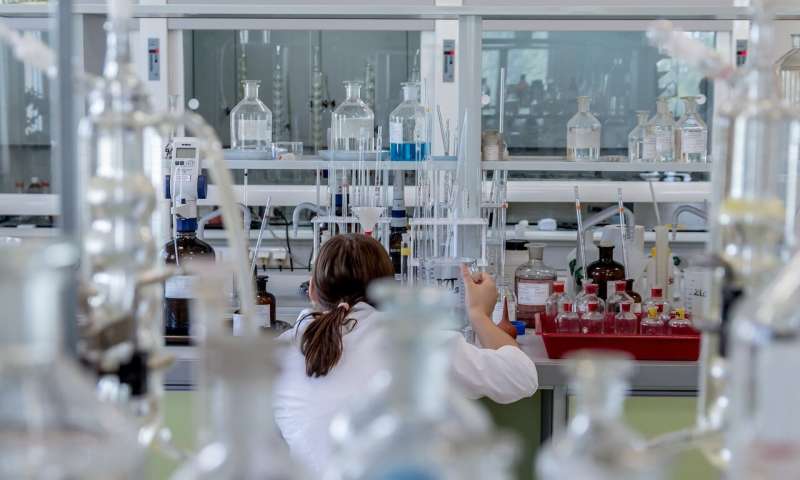Table of Contents
Remote health monitoring of COVID-19 patients

A team from the MIT Computer Science and Artificial Intelligence Laboratory has developed a new device that’s able to monitor COVID-19 remotely. The device has the potential to allow remote monitoring, making taking care of infectious patients safer for medical staff. The device the researchers created can remotely monitor a patient’s breathing, movement, and sleep pattern using wireless signals.
The team calls the device Emerald and it has been used in multiple hospitals and assistive-care facilities for a variety of patients, including COVID-19 patients. Emerald is a WiFi-like box that’s able to analyze wireless signals in the environment using artificial intelligence. By monitoring the wireless signals, the Emerald device can infer vital signs, sleep, and movement.
The team notes that the signal created by the device emits about 1000 times less radiation than a standard cell phone. The equipment was voluntarily placed in a patient’s room where Emerald non-invasively monitored the patient’s health and reported back to the patient’s doctor. The doctor was able to determine the overall health condition of the patient by looking at things such as breathing and walking speed. […]
The team believes that Emerald and devices like it could be used to expand healthcare capacity. There is no indication when Emerald or similar devices might be commercialized.
SlashGear
Oxford University human trials for virus vaccine next week

Oxford University scientists are to commence human trials next week for a coronavirus vaccine.
According to the Daily Mail on Wednesday, 510 people, between the ages of 18 and 55, have been recruited to take part in the trial.
The subjects will receive either the vaccine developed at the university, or a control injection for comparison.
“We are going into human trials next week. We have tested the vaccine in several different animal species,” says Professor Adrian Hill. “We have taken a fairly cautious approach, but a rapid one to assess the vaccine that we are developing.”
The vaccine may be ready as soon as September, Dr. Sarah Gilbert, a professor of vaccinology at Oxford from the same team, told The Times on Saturday. She said she was “80 percent confident” that the vaccine being developed by her team of researchers would work and would become available to the general public in about five months.
She also said the team is in talks with the British government to begin production as soon as possible. “We don’t want to get to later this year and discover we have a highly effective vaccine and we haven’t got any vaccine to use,” she said.
Two groups in the United States and one in China have already commenced human trials. […]
Times of Israel
10x faster COVID-19 diagnostic test

Media outlets around the world have reported a shortage of COVID-19 testing materials. This shortage slows down the rate of testing and increases the rate of infection, as thousands of undiagnosed patients walk around, unknowingly infecting healthy and at-risk populations. Now, Professor Nir Friedman at Hebrew University of Jerusalem (HU)’s Institute of Life Sciences and School of Engineering and Computer Science and Professor Naomi Habib at HU’s Edmond and Lily Safra Center for Brain Science have developed a faster and cheaper way to test of COVID-19 using materials commonly found in diagnostic labs.
Testing for COVID-19 currently involves extracting RNA molecules from a patient’s swab sample to see whether they contain viral RNA that confirms the presence of the COVID-19 virus. The new method developed by Friedman and Habib can do the same thing, only faster. As Habib shared, “The virus detection protocol we developed is four-to-ten times faster than the current protocol. It’s based on magnetic beads and works both robotically and manually. The robotic protocol has already been tested at Hadassah Hospital and is now fully operational.”
Another advantage of this new testing method is its low price. The test relies on materials that are readily available and easy to manufacture locally, making it significantly cheaper than imported kits. Magnetic beads are the only item in the protocol that still needs to be imported from overseas. However, these beads can be recycled and used again and again. As Friedman explained, “our COVID-19 test significantly reduces labs’ dependence on external factors. To date, we’ve tested hundreds of clinical samples from Hadassah Hospital and our results were identical to those found by the kits currently being used.” […]
medicalxpress
If you enjoyed this BFD article please consider sharing it with your friends.









